This post may contains affiliate links. Read our full disclosure here.
Ever wondered what it’d be like to sip wine made from a tropical berry that grows directly on tree trunks? Let me introduce you to jabuticaba wine – Brazil’s best-kept secret that’s starting to make waves in the wine world. This isn’t your typical grape wine; it’s a fascinating fruit wine with a color so deep purple it’s almost black, and a flavor profile that’ll make you rethink everything you know about wine.
I stumbled across jabuticaba wine during a wine tasting event last year, and I’ve been slightly obsessed with telling friends about it ever since. If you’re like me and love discovering unique bottles that tell a story, this Brazilian wine deserves a spot on your must-try list. Let’s dive into what makes jabuticaba wine so special, what it tastes like, and why wine lovers everywhere should be keeping an eye out for it.
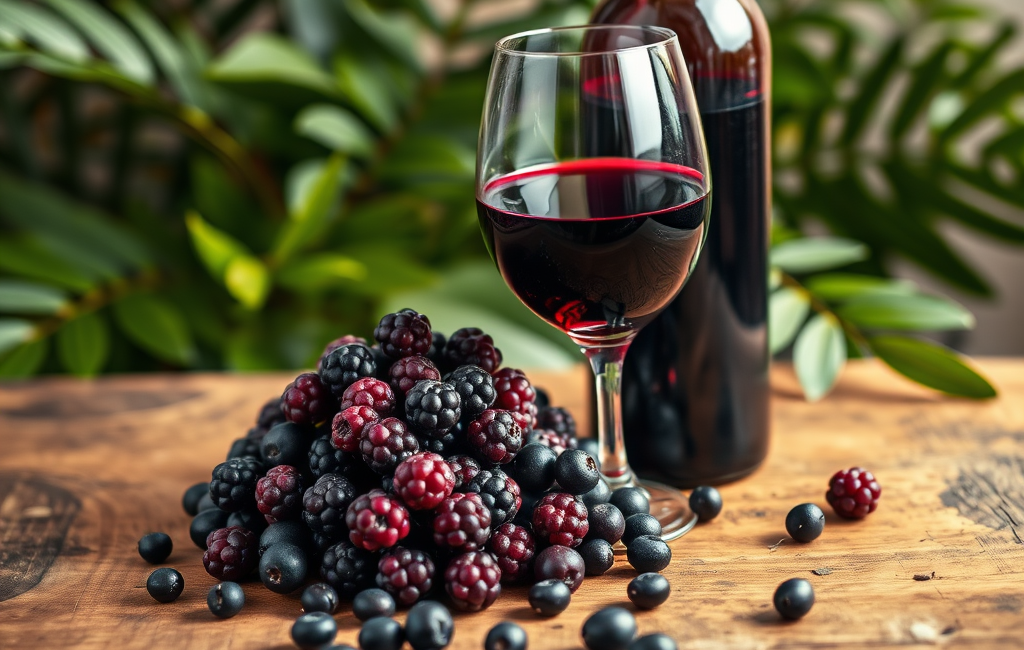
What Is Jabuticaba Wine?
Jabuticaba wine comes from the jabuticaba berry (Plinia cauliflora), a fascinating fruit native to Brazil that grows directly on the trunk and main branches of the tree – no stems or twigs needed! These thick-skinned, purple-black berries have a short shelf life after harvest, which is precisely why locals started turning them into wine centuries ago.
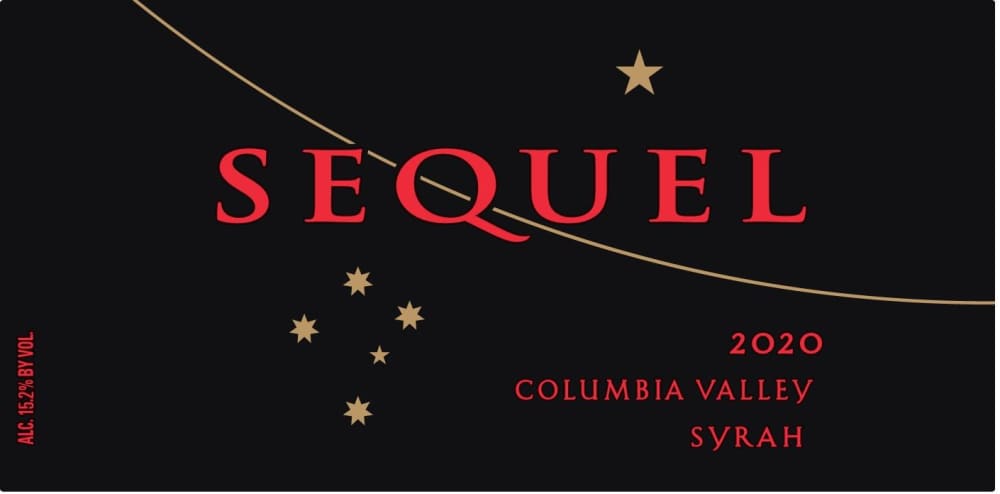
Unlike conventional grape wines, jabuticaba wine represents a traditional Brazilian fruit wine with deep cultural roots. Many Brazilian families have their own recipes passed down through generations, making it a beverage steeped in heritage and tradition. While commercial production exists, some of the most authentic versions are still made in small batches by local producers.
The production process typically involves fermenting the crushed berries with their skins (similar to how red wine is made), which gives jabuticaba wine its characteristic deep color and tannin structure. The quick fermentation captures the berry’s unique flavor before it can deteriorate.

What Does Jabuticaba Fruit Wine Taste Like?
If you’re wondering exactly what jabuticaba wine tastes like, imagine the richness of blackberry jam with hints of dark chocolate and a subtle earthy finish. The first time I tried it, I was struck by how it managed to be both familiar and completely unique at the same time.
The flavor profile can vary depending on how it’s made, but generally, you can expect:
- Color: Intensely deep purple, almost black with ruby highlights
- Aroma: Jammy dark fruits, gentle floral notes, and subtle earthiness
- Taste: Pleasantly tart with a natural sweetness, reminiscent of blackberries and plums with a hint of spice
- Mouthfeel: Medium-bodied with moderate tannins
- Serving Temperature: Slightly chilled (around 55-60°F) for optimal flavor release
What makes jabuticaba wine particularly interesting is its balance of sweetness and acidity. It’s not cloyingly sweet like some fruit wines can be, but rather offers a complex, well-rounded profile that even serious wine enthusiasts can appreciate. Some versions have a slight tannic grip that makes them feel surprisingly sophisticated.
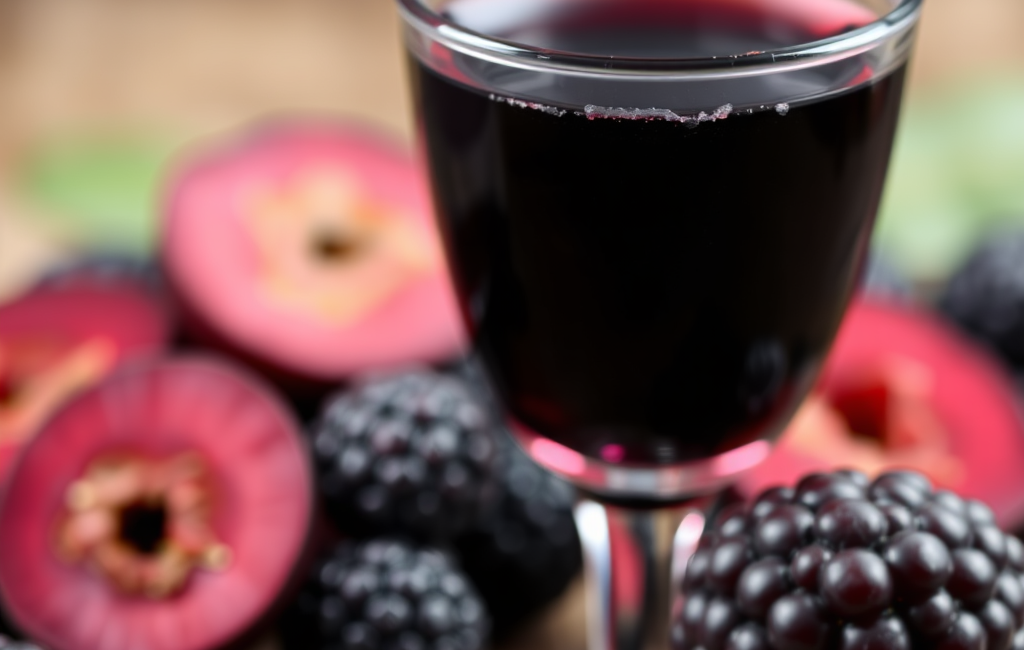
Perfect Jabuticaba Wine Pairing Ideas
One of the things I love most about jabuticaba wine is how wonderfully versatile it is for food pairings. The wine’s natural acidity and fruit-forward profile make it a fantastic companion for many dishes. After experimenting with different combinations, these are my favorite pairings:
- Grilled meats: The slight smokiness of grilled pork or steak contrasts beautifully with the wine’s fruit flavors
- Spiced dishes: Jabuticaba wine handles spice remarkably well – try it with mildly spiced Brazilian feijoada
- Sharp cheeses: Aged cheddar, gouda, or even a good blue cheese create a delightful contrast
- Chocolate desserts: Dark chocolate brownies or berry tarts complement the wine’s natural fruitiness
When hosting friends, I’ve found that jabuticaba wine makes for great conversation while serving charcuterie boards. The unusual purple-black color immediately draws attention, and the complex flavor profile gives everyone something to talk about. If you’re interested in learning more about matching foods with different wines, food and wine pairing fundamentals can help you create your own perfect combinations.
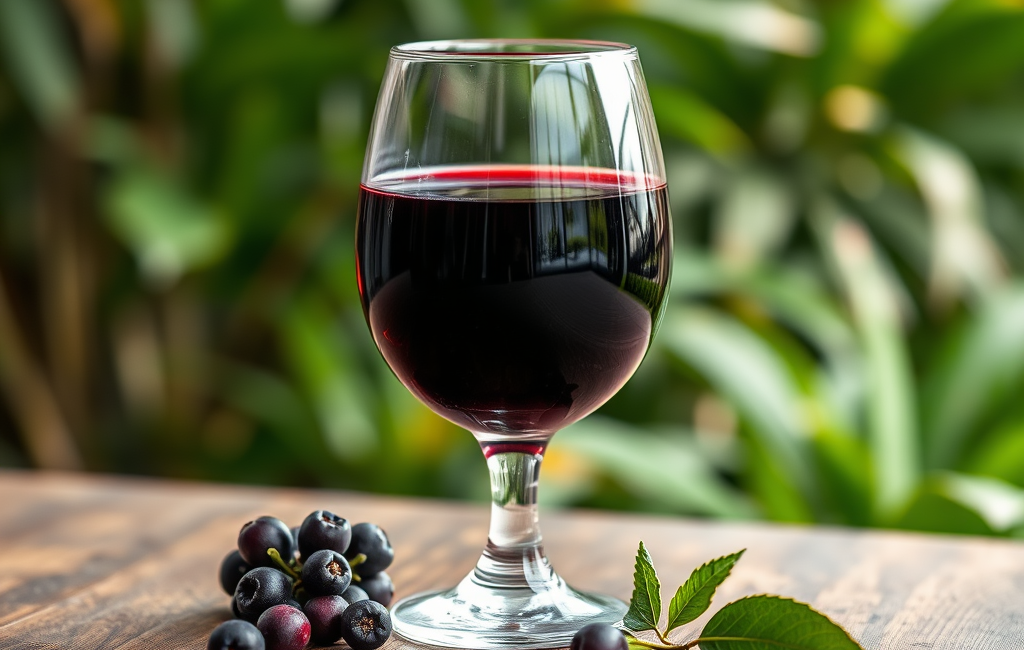
Can You Make Jabuticaba Wine at Home?
For the DIY enthusiasts out there, making jabuticaba wine at home is absolutely possible, though it does require some patience and basic knowledge of the fermentation process. While I haven’t personally tried making it yet (finding fresh jabuticaba berries outside of Brazil can be challenging), I’ve researched the process extensively.
If you’re lucky enough to have access to fresh jabuticaba berries, here’s the basic process:
- Crush the berries to release the juice and pulp
- Add specific proportions of sugar and wine yeast
- Ferment in a controlled environment for about 7-10 days
- Rack (transfer) the wine to remove sediment
- Age for at least a month before drinking
Home brewing supply stores sell specialized fruit wine kits that can simplify the process, providing the right equipment and additives to ensure proper fermentation. The most challenging part for most home winemakers will be sourcing the berries, though frozen jabuticaba can work in a pinch if you have access to Brazilian specialty markets.
Remember that each batch of homemade jabuticaba wine will have its own character, much like how wine vintages differ from year to year. The weather conditions, berry ripeness, and your specific fermentation process all contribute to creating a unique final product.
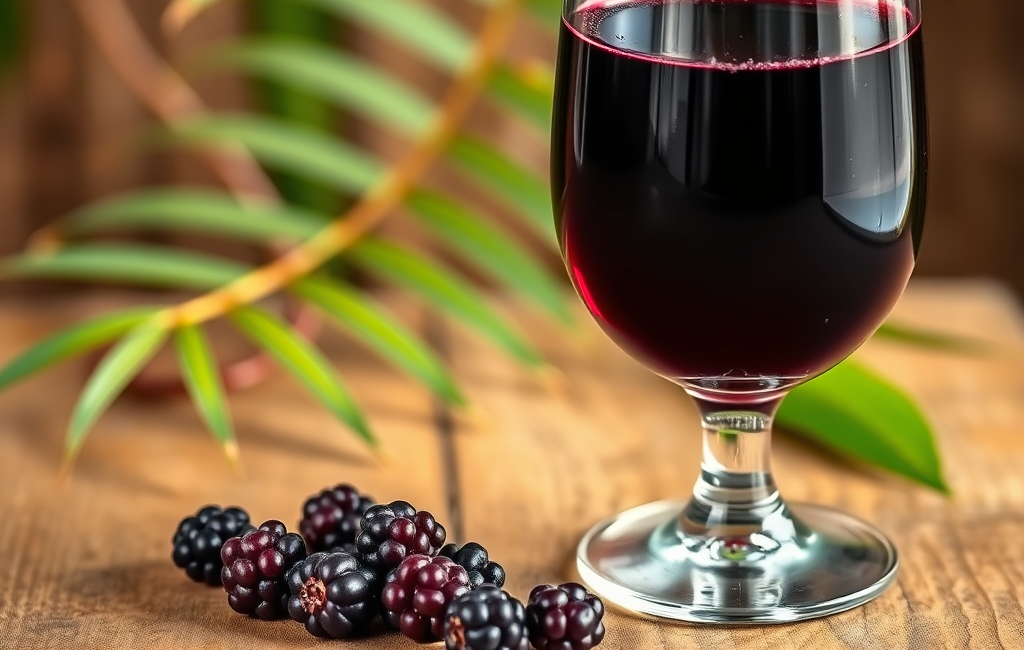
Where to Buy Jabuticaba Wine
Finding jabuticaba wine outside Brazil can be a bit of a treasure hunt, but it’s becoming increasingly available as interest in exotic fruit wines grows. Here’s where to look if you’re on the hunt for this unique Brazilian beverage:
- Brazilian specialty food stores: These shops often carry imported wines and spirits
- Online wine marketplaces: Websites specializing in rare and international wines occasionally stock jabuticaba wine
- Etsy and artisanal marketplaces: Surprisingly, small-batch producers sometimes sell through these platforms
- Direct from Brazilian wineries: Some producers now ship internationally
Price-wise, expect to pay anywhere from $25-50 for a bottle, depending on quality and import costs. If you’re serious about trying jabuticaba wine, I recommend joining online communities focused on exotic fruit wines where members often share sources and even organize group buys to reduce shipping costs.
For women who enjoy exploring unique wines, this makes for a fantastic addition to your next wine tasting gathering. The unusual origin story and striking appearance of jabuticaba wine create perfect conversation starters.
Why Jabuticaba Wine Deserves Your Attention
What makes jabuticaba wine truly special isn’t just its unusual origin or striking color – it’s the way it opens up a whole new dimension of what wine can be. After trying dozens of different wines over the years, I’ve found that stepping outside the traditional grape varieties often leads to the most memorable experiences.
Jabuticaba wine represents a perfect bridge between worlds – it has enough structure and complexity to satisfy serious wine drinkers, yet remains approachable and fruity enough for those who typically find red wines too heavy. It’s a reminder that wine is fundamentally about capturing a sense of place and tradition, something this Brazilian specialty does beautifully.
If you’re looking to expand your wine horizons beyond the usual Cabernets and Chardonnays, jabuticaba wine offers a delicious adventure. Have you tried any unusual fruit wines before? What’s the most unique wine that’s ever crossed your glass? Drop a comment below – I’d love to hear about your own wine discoveries!




